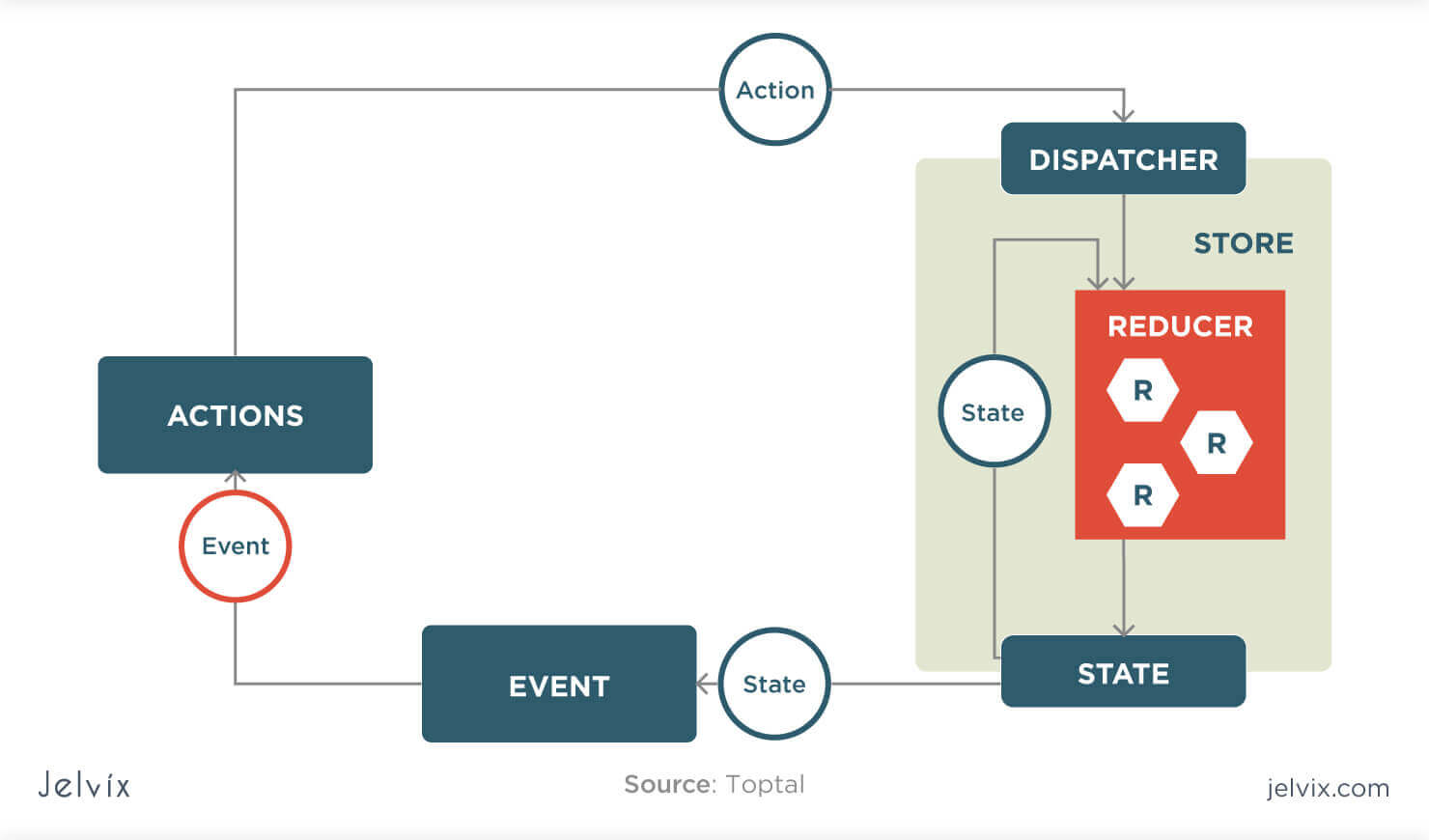

(Of course, Redux debugger tools are great as well) Do straight assignments and let redux toolkit take care of mutability under the hoods.Ĭurrent can be used to log your state anywhere in case you want to debug and understand where things are going wrong. Mutability might be considered as advantage or disadvantage, but if you're not too used to writing with spread operators, you might love this feature as well. GetState is also very helpful in obtaining state variables across any of your actions or async operations.
#React redux toolkit manual#
You don't need to do manual thunk setup as redux-toolkit comes with out of the box createAsyncThunk which enables you to perform async operations in very hassle free way. Redux hooks like useSelector and useDispatch make things so short and easy to use.
#React redux toolkit code#
However with functional components, Redux toolkit is like Redux on steroids.Ī lot lesser boilerplate code is required compared to Redux. The only case where I may want you to stick to redux is when you're using class-based components, where Redux Toolkit does have some boilerplate (like Redux) and you may miss out decent support. In it, create a file called store.jsx (or js if you have created your project using create-react-app) and paste the following code.Redux used to be great but if you have tried none of them, I would highly recommend using Redux-Toolkit. Go to your src folder of your React project and create a folder called "redux". These types of functions are called Reducers. These are two different functions for two different scenarios for the same object. Or populate it with data when user logs in (let's call this function addUser). For example when the user logs out, you want to empty the "user" state/object (let's call this function removeUser). Now, you would like to manipulate the value of this state according to the user's actions. You can simply do this by "calling" the details in that particular page or component(like setting, profile page,etc.) from the store file. Store is what it sounds like - a store of reducers and states which can be used throughout the application without the hassle of being passed as props.įor example - if you are building a social media app, you would like the details of the user to be accessed in any component.

What is store? what is action? what is dispatch?
#React redux toolkit install#
Simply copy paste and install the following to your React application.Įnter fullscreen mode Exit fullscreen mode Step 1 - Installing Redux and Redux Toolkit Be sure to use console.log whenever you want to! Note - in case you are overwhelmed with my explanation, feel free to copy paste them and then go through the explanation. I'll be sure to address it as soon as possible. If you have any feedback or notice any errors in my code, please don't hesitate to leave a comment below.

That's why I'm writing this post - to provide a clear and straightforward explanation of Redux Toolkit that anyone can use in their application. However, I realized that it would be helpful to simplify the process of learning Redux for others. But the more I watched, the more confused I became.Īfter reading a variety of articles, I finally managed to set up a Redux store and begin to understand it. I spent hours watching 15-minute-long videos that attempted to explain what a reducer, store, and Redux actually are. When I decided to learn Redux, I quickly realized that setting it up could be a bit of a headache. In fact, nowadays if you're familiar with React, it's practically a given that you should also know Redux. Redux a popular tool that's often mentioned in tech Discord groups and numerous job posts. Redux seemed way too complicated (skippable)


 0 kommentar(er)
0 kommentar(er)
